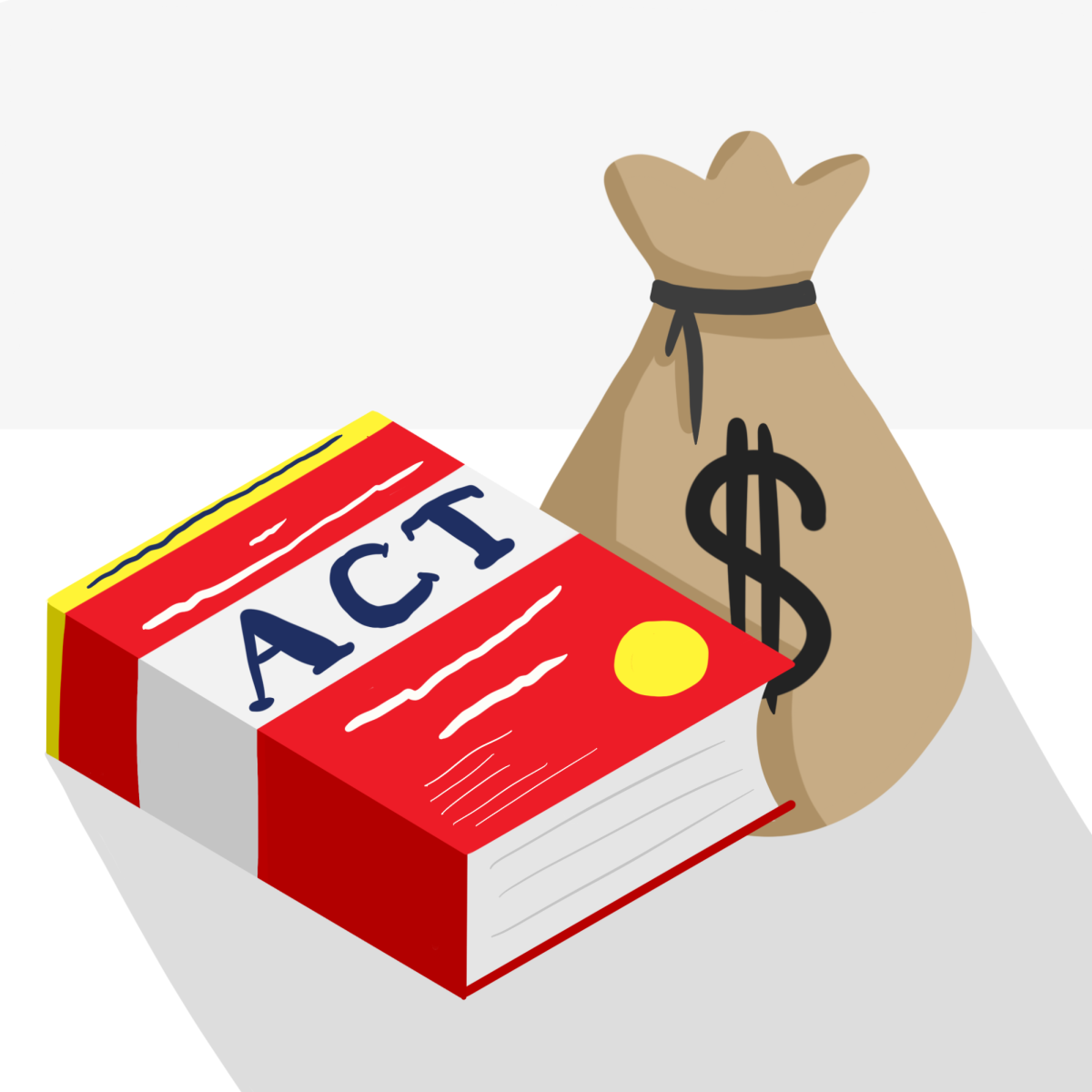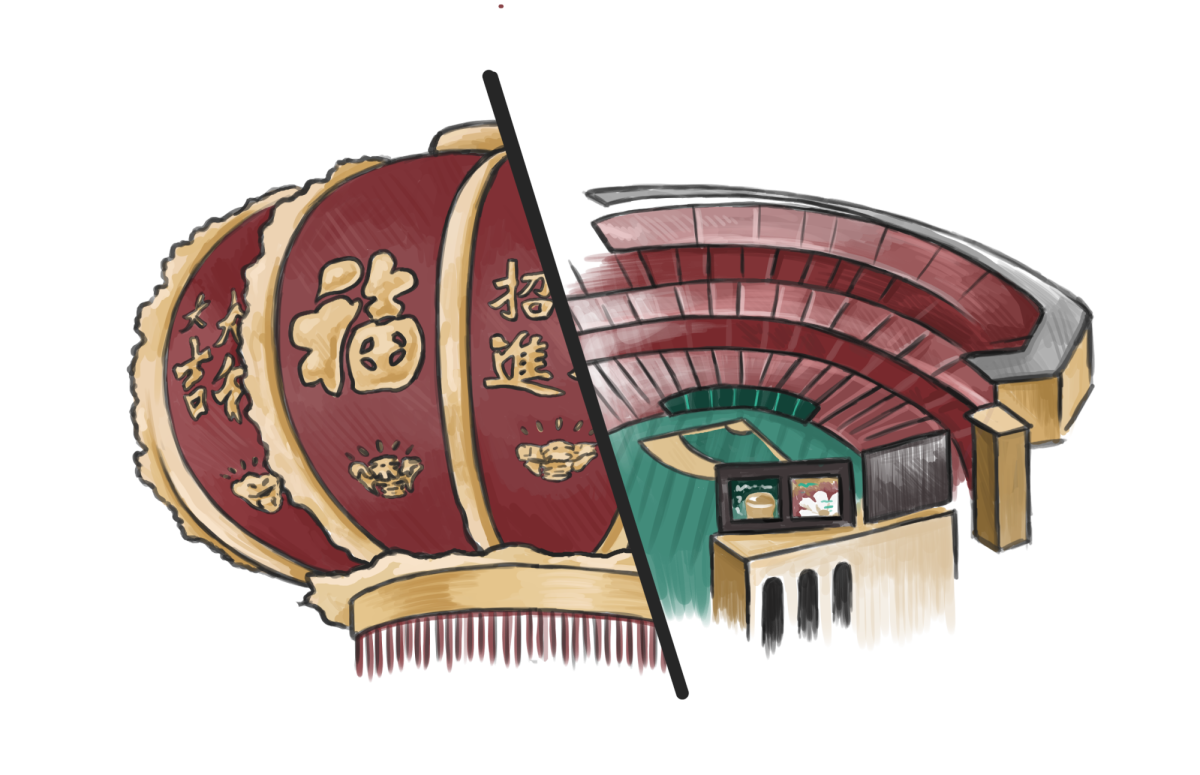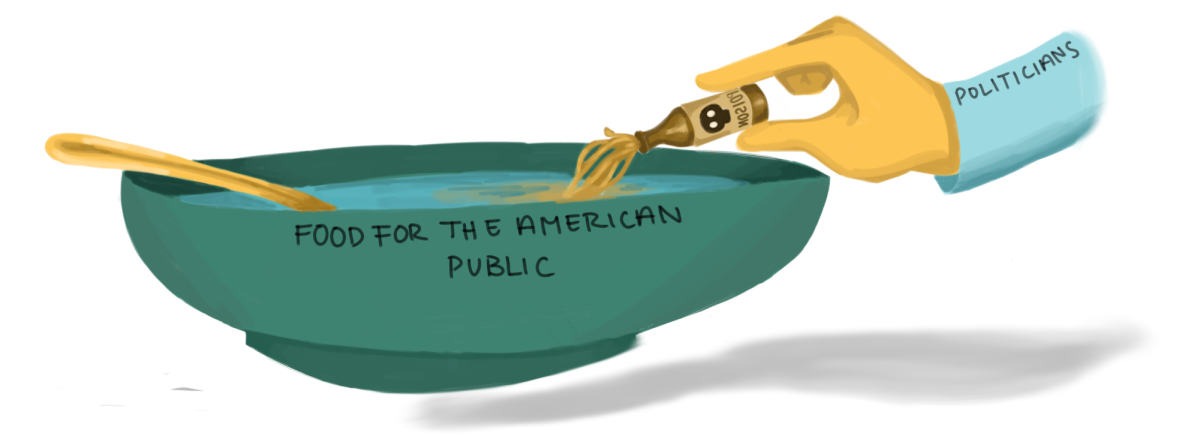Sitting among random students, each with the same first letter of their last name as yours, you’re probably dreading the next four hours of your day. As a teacher you’ve never met signals for you to begin, you open the thick white packet and contemplate how anyone could possibly get these questions correct.
Although many students have the freedom to choose to submit their ACT or SAT scores to colleges, the future of this privilege is uncertain. Even with the choice to submit, the pressure is still greater for overachievers who hold the weight of college acceptance on their backs throughout junior and senior year. While this pressure stems from multiple factors, the ACT and SAT are arguably the most pressing. But there are far too many faults in the system of these standardized tests to be so decisive during the college application process. For some students, they may take the test seven times, maybe more if they aren’t satisfied with their results. They’ll go through weekly tutoring that costs roughly $65 an hour for months, attend seminars with expert test takers who reveal every trick in the book for doing well and accumulate their best scores from each section to submit a super score.
However, for the majority of public school students, these resources are not an option. They may take the test just once, using a voucher provided by the school and the big red book to study independently. Of course, it’s possible to achieve a notable score with these efforts, but the small number of students who succeed without additional help is relatively low compared to the students who are able to raise their scores six or more points from tutoring. The students with big ambitions for college acceptance are left feeling hopeless, competing against the advantages of their wealthier companions. ACT data also shows a consistent racial gap in scores, contributing to the many ways that the nation unintentionally discriminates against minority races.
Additionally, most critics of the ACT and SAT argue that the time limit makes it nearly impossible to receive an accurate score. And while many may look past this dilemma because of the lack of a solution, it’s clear that the only option is to eliminate these tests as a whole, because the system will always yield unfair results.









